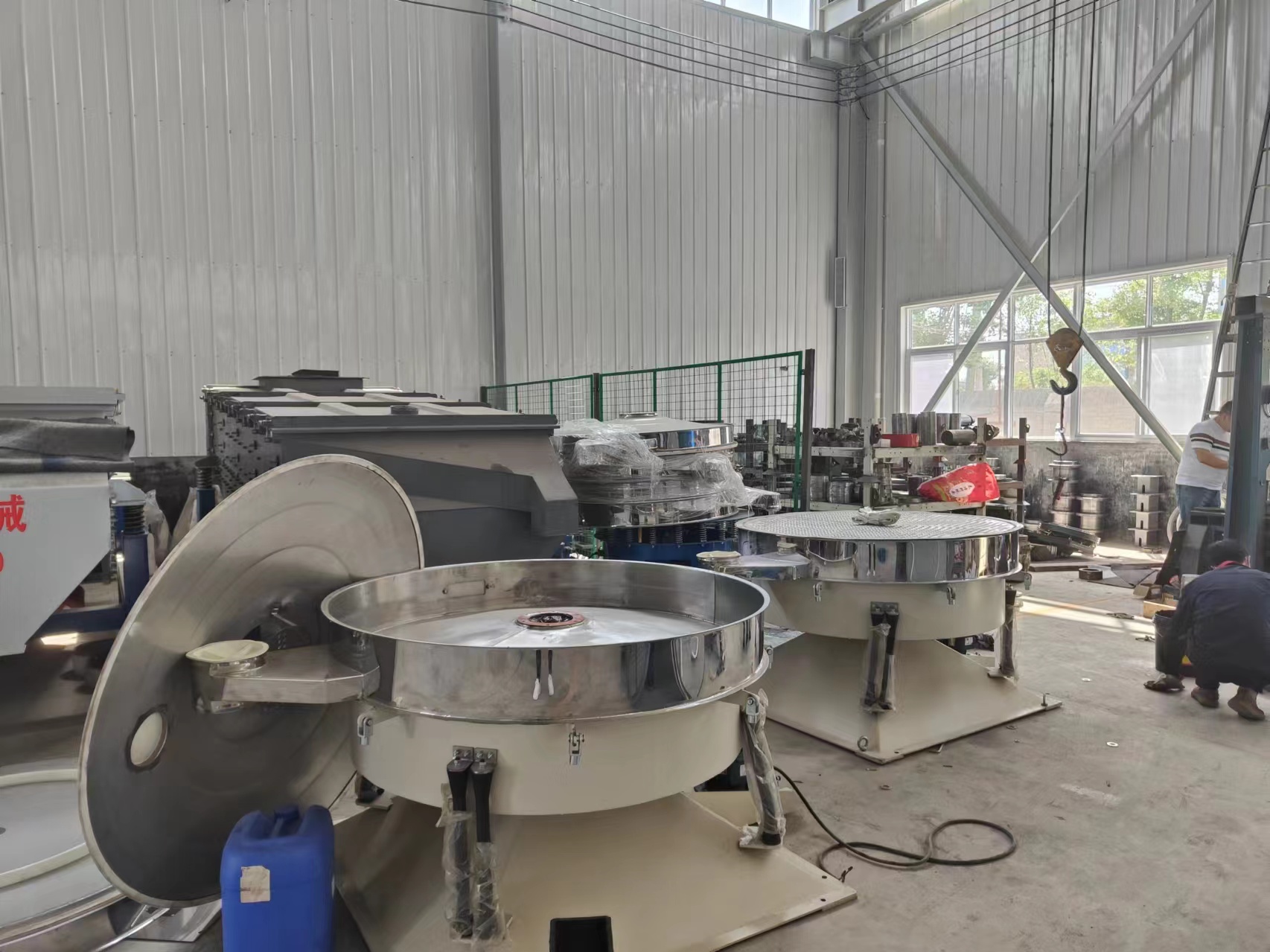The three-cylinder dryer adopts a unique structural design and is composed of three coaxial cylinders. The inner cylinder is responsible for drying materials, the middle cylinder plays the role of heat insulation, and the outer cylinder is used for heat dissipation. This design significantly improves heat utilization and reduces energy consumption. At the same time, the three-cylinder dryer has a smaller footprint and is suitable for a variety of industrial scenarios.

The rotary dryer uses its own rotation to continuously drive materials to the heat source for drying. This equipment is suitable for most industries, especially mining and chemical industries. The rotary dryer has a simple structure and is easy to maintain, but its adaptability to materials is relatively strong.
Three-cylinder dryers offer several significant advantages, including:
The advantages of rotary dryers are mainly reflected in:
The key to choosing a three-cylinder dryer or a rotary dryer depends on your industry needs and material characteristics. Three-cylinder dryers are suitable for applications that require efficient heat utilization and limited space, while rotary dryers are more suitable for industries that need to handle diverse materials.

In short, whether you choose a three-cylinder dryer or a rotary dryer, both drying equipment have their own advantages. The key is to make a wise choice based on specific needs. I hope this article can help you make decisions and achieve greater success in industrial production.
